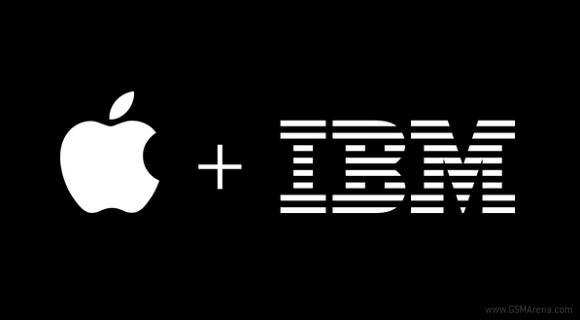When I joined as a Business Analyst, I was asked by many curious faces around me the question, ‘What is a BA?’ I could have replied with a typically technical answer saying ‘a BA is an individual who designs the set of tasks and techniques used to work as a liaison among stakeholders to understand the structures, policies and operations of an organization in order to recommend solutions that enable the organization to achieve its goals’. But then I wondered for a moment and realized that any person from a non-corporate background would be left wondering about this definition of my profile. So to make it simple I always say that a BA is a bridge between the company and its clients.
We as Business Analysts categorize and delineate solutions that help expand the value delivered by an organization to its stakeholders. Business Analysts work transversely on all echelons of an organization and may be involved in everything from defining strategy, to creating the enterprise architecture, to taking a leadership role by defining the goals and requirements for programs and projects or supporting continuous improvement in its technology and processes. So are we really the bridge between business and IT?
NO! Being a bridge is not sufficient and adds less value to the team. Let us see how. A bridge takes long to get information over it. Consider the data that is lost in translation. Think about a bridge in a major city. What happens when everyone is trying to get over the bridge at once…bottleneck? What happens when the bridge is closed for repairs…bottleneck. What happens when a new political authority shuts down access to the bridge…let’s not go there! But hope you’ve got the point!
We as BAs need to see the role as a facilitator, an analyser, and an advisor. Today, information is flying to our computers, tablets and phones from disparate sources. Now the question is how do we analyse this information as well as the situations and model it into business logic that would eventually benefit the client. Failure in accomplishing this would result in your client looking for someone else to do this job.
This is exactly what my opinion is about being a BA. We no longer have to focus as much on the information gathering and sharing or simply being called the bridge. We need to focus on the analysing and being an advisor to our team and organization. Here are three things you can be doing instead of acting as the bridge,
- Share your BA room with others. If others can elicit information, let them. Act as a guide for your team to help them determine what questions to ask. If you are having an elicitation session, bring your developers and testers along for the ride. They can hear things first hand, ask the questions they have, and see how you run a session. It is quite possible that they may raise technical questions which might never have occurred to you.
- Focus more time on analysis. Let the data flow in whichever form it comes and use your analytical skills to determine what the world needs, what bonus statistics may be needed to fill the holes, and think about the challenges of rolling out the new system or enhancements.
- Be an advisor. You need to be part of the discussion around the solution. Discussing the solution should be part of your role. Your team and business partners are not looking for analysis, they need solutions. If you are a not part of the solution the perception is you add less value. Do you want a financial analyst to just tell you there is no way you’ll have enough money to retire, or to tell you there won’t be enough money to retire and here is what you need to do to have enough money to retire? You want an advisor, not just an analyst. Your business partners want an advisor which includes analysis of the situation and designing solutions.
At the start of your career itself, adopt the mind set of not just being the bridge. There was a time, the bridge was needed. That is just not the case anymore. However now as a BA you now also need to be a facilitator, analyser, and an advisor all at the same time.
References:


